Harvey
Harvey® Premier
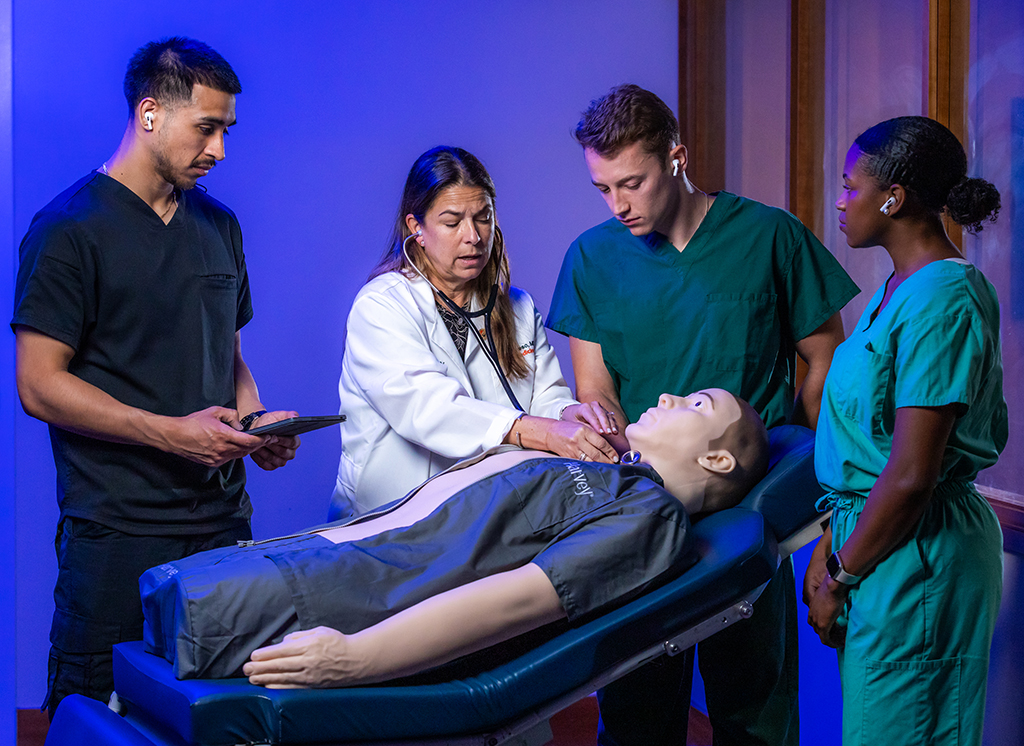
The latest evolution of the world’s first cardiopulmonary patient simulator
Harvey Premier delivers the same quality for which Harvey is renowned at half the weight and half the cost. Major enhancements to Harvey's features and reduced manufacturing costs make Harvey more affordable and accessible than ever. One of the most notable changes is that the new Harvey simulator will no longer be mounted on a cabinet, thereby improving the simulator’s portability, making it ideal for use in multiple learning environments.
The #1 Choice in Simulation Education
Harvey® System
This full-size manikin realistically simulates over 50 cardiac diseases at the touch of a button by varying heart sounds, murmurs, pulses, blood pressure, and breath sounds. Harvey is the longest continuous university-based simulation project in medical education, and no other simulator presents cardiac bedside findings at the level of detail and fidelity found in Harvey.
Harvey Features
- Portable, for simulation centers or in situ training
- 50 patient scenarios
- Digitally driven pulses and impulses in 14 areas
- 17 cardiovascular auscultation areas
- 6 pulmonary auscultation areas
- Ability to modify the amplitude & intensity of all findings
- Upgradable software system
- Cost effective training
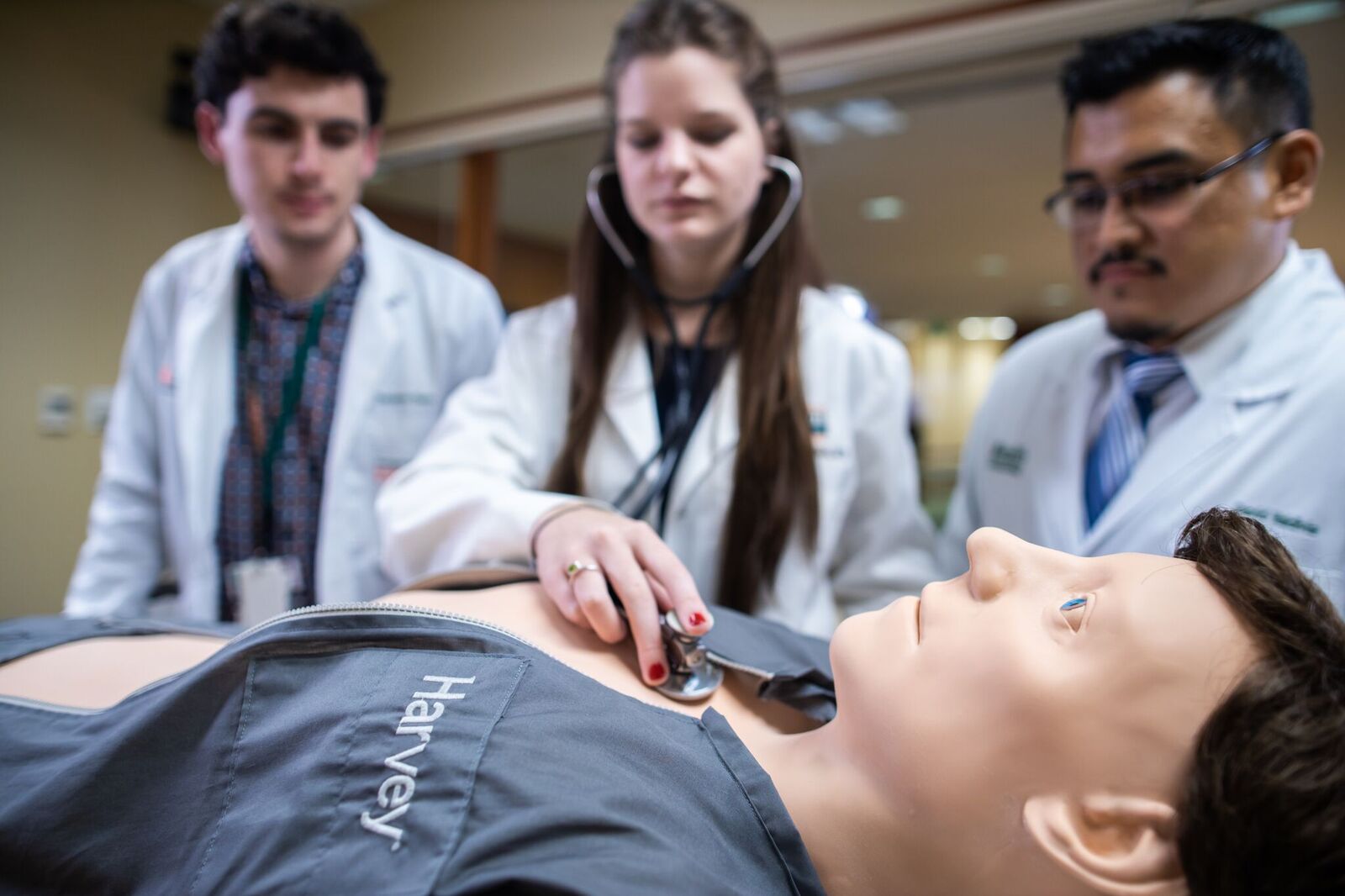
Harvey Curriculum
Harvey provides a comprehensive cardiology curriculum by realistically simulating 50 patient scenarios. It is structured to begin with common, less complex conditions and progress to more rare and complex diseases. Some patient scenarios are available in both 60 & 90 bpm with corresponding respiratory rate changes of 12 & 15 rpm, respectively.
- Introductory Program
- Normal (60 & 90 bpm)
- Innocent Murmur (60 & 90 bpm)
- Aortic Valve Sclerosis
- Hypertension (60 & 90 bpm)
- Angina Pectoris
- Acute Inferior Myocardial Infarction
- Acute Anterior Myocardial Infarction
- Ventricular Aneurysm
- Mitral Valve Prolapse (60 & 90 bpm)
- Mitral Valve Prolapse, isolated click & murmur
- Mitral Regurgitation, chronic
- Mitral Regurgitation, moderate
- Mitral Regurgitation, mild (60 & 90 bpm)
- Mitral Regurgitation, acute
- Tricuspid Regurgitation, mild (60 & 90 bpm)
- Mitral Stenosis with severe tricuspid regurgitation
- Mitral Stenosis with mild tricuspid regurgitation
- Mitral Stenosis & Regurgitation
- Aortic Regurgitation, chronic (60 & 90 bpm)
- Aortic Regurgitation, mild
- Aortic Regurgitation, acute
- Aortic Stenosis (60 & 90 bpm)
- Aortic Stenosis, moderate
- Severe Aortic Stenosis and mild aortic regurgitation
- Hypertrophic Obstructive Cardiomyopathy
- Cardiomyopathy (60 & 90 bpm)
- Ischemic Cardiomyopathy
- Heart Failure, mild systolic
- Heart Failure, mild diastolic
- Acute Pericarditis (60 & 90 bpm)
- Primary Pulmonary Hypertension
- Cor Pulmonale (90 bpm)
- Pulmonary Embolism (90 bpm)
- Atrial Septal Defect
- Ventricular Septal Defect
- Patent Ductus Arteriosus
- Pulmonary Stenosis
- Coarctation of the Aorta
- Tetralogy of Fallot
HOW TO GET HARVEY
Interested in learning more or purchasing?
Instructional Materials
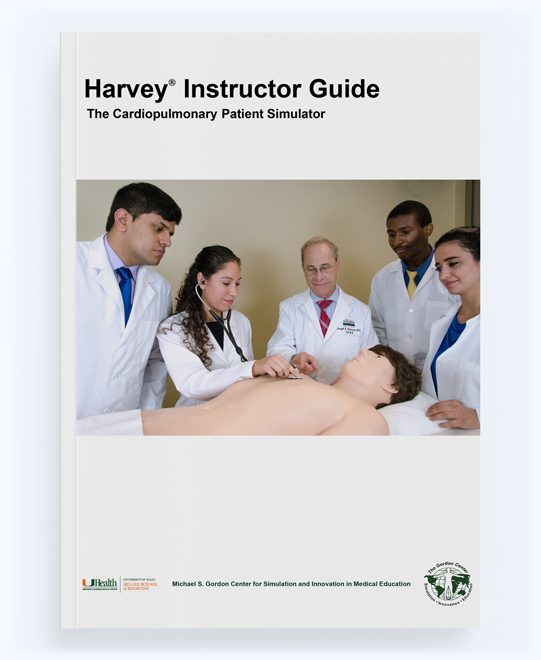
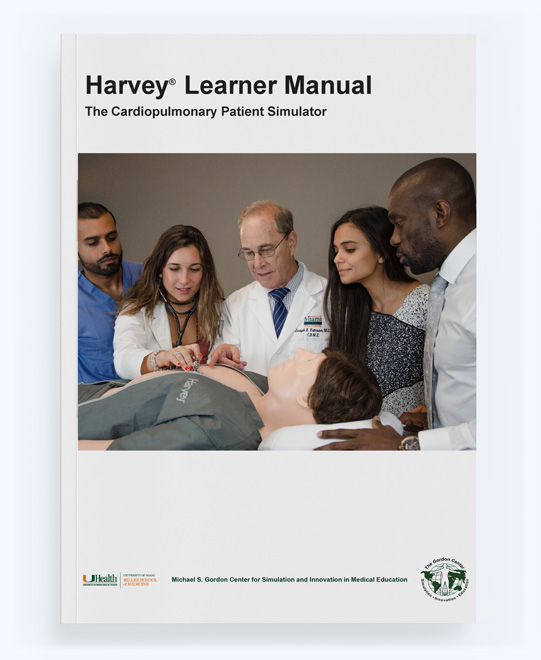
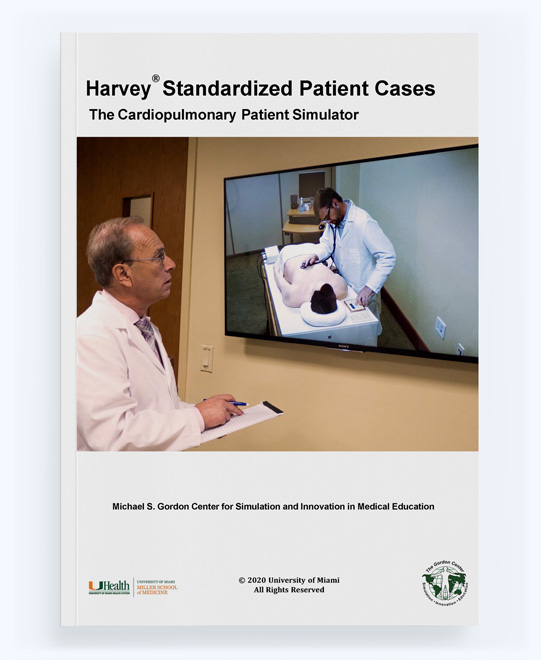
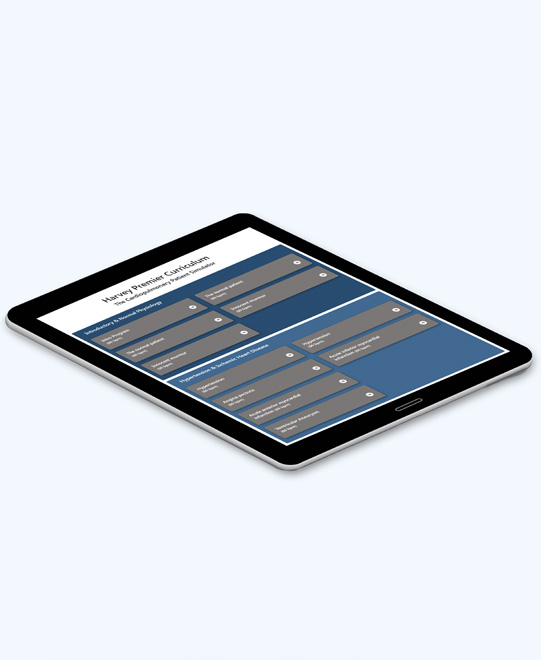
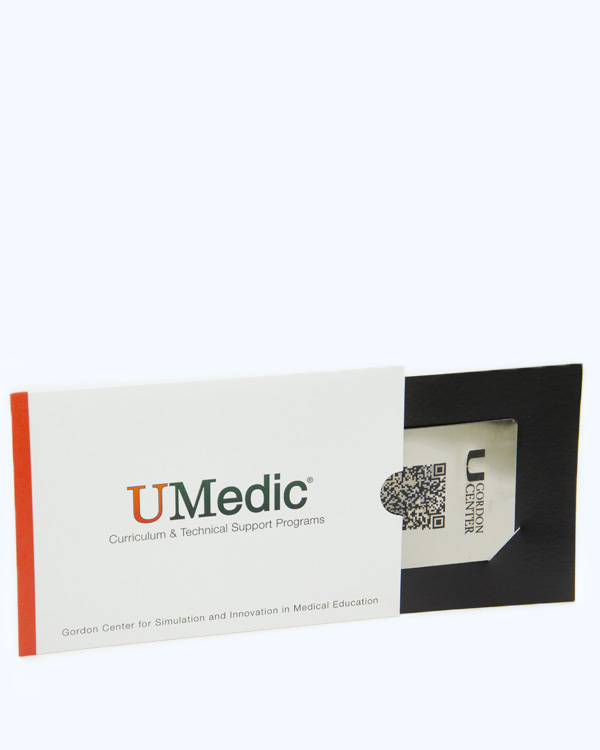
Learning Environment
Harvey is portable and may be used in any environment in which patients are examined. Using stethophones, small groups may learn without an instructor by using the included Harvey Curriculum or the UMedic system. Harvey may also be used in clinical skills or simulation training centers or SP training areas. By larger groups using stethophones for auscultation and video projection for observing other physical findings. Most importantly, Harvey's location should be convenient for students, faculty and staff. Although, Harvey functions as a self-learning device, the nearby presence and availability of knowledgeable faculty and staff will further ensure a successful program.
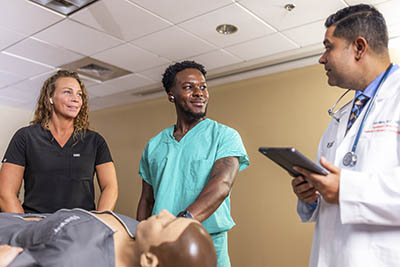
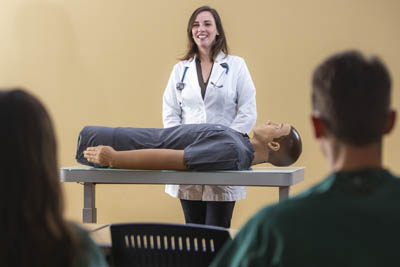
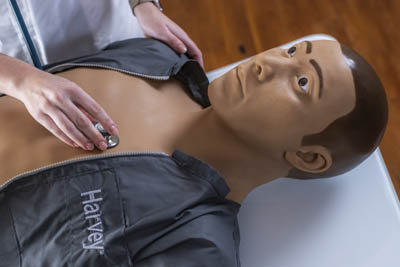
worldwide
reach
Harvey teaches many thousands of learners annually at over 900 institutions worldwide. The American College of Cardiology Task Force on Teaching has recommended Harvey for training, the British Heart Foundation placed the simulator at nearly all of the medical schools in the U.K., and the American Board of Internal Medicine uses videos of Harvey its computer-based skills recertification examination. The Royal College of Canada has used Harvey for its high-stakes internal medicine certification examinations.
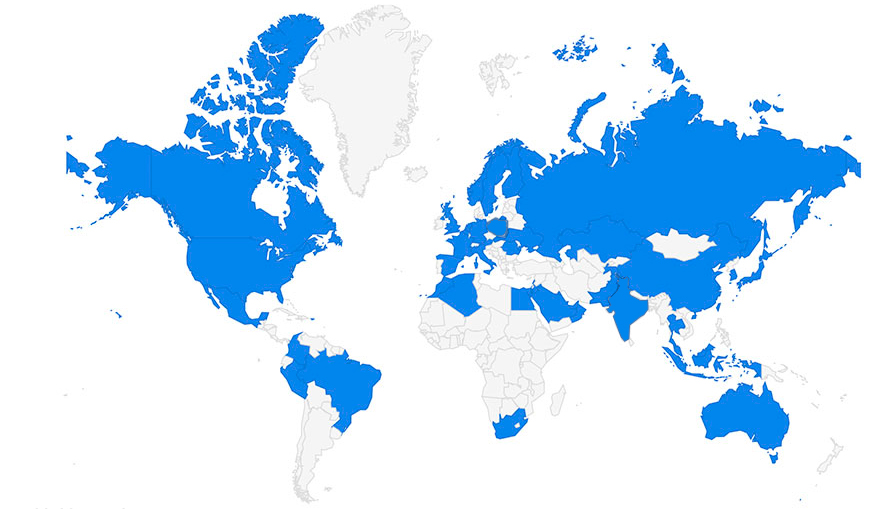
Harvey - FAQ
Input voltage: 100 - 240VAC
Input frequency: 50-60Hz
Maximum power:5A
Weight and Size
Manikin : 45 lbs (20.4 kg) 44“ L x 14” H x 25” D
Practical Uses
Harvey must be made an integral part of the required curriculum. If it is an optional resource, students have much less incentive to use the simulator. Outcomes must also be tested, because “assessment drives learning.” Our integration curriculum plan have been developed for medical schools, nursing schools, and physician assistant education. Only medical school plan is shown below.
Planning
The first step is to plan the initial experience with Harvey in a part of the curriculum that is easy for the Harvey “champion” to control. Examples include champions that are directors of the clinical skills center, the physical diagnosis course or a cardiology elective. To integrate Harvey throughout the entire curriculum will take cooperation among multiple faculty members. It will require leadership and a willingness to change by those involved. All planning must include specific learning goals and the testing of outcomes.
Inclusion in a timetable
Develop a timetable for the use of Harvey in different settings throughout the curriculum. This should include instructor-facilitated small-group sessions and independent self-learning sessions. Ideally an instructor first introduces Harvey to an entire class in an auditorium/lecture hall setting. An example of an effective timetable is shown below:
Plan to Utilize Harvey in a Four-year Medical School Curriculum
| Learning Goals | Course | Modules | Method | Time |
|---|---|---|---|---|
| Year 1 Normal cardiovascularphysiology & bedside examination |
Physiology and/or Early Clinical Skills |
Normal (46) Normal (46) |
Large-Group Lecture Setting Small-Group / Independent Learning |
1.5 hours 1.5 hours |
| Year 2 Review normal and add classic valve lesions: pathophysiology & bedsideexamination |
Pathophysiology and/or Advanced Clinical Skills (PhysicalDiagnosis Course) |
Review Normal (46)Highlight MR (7), AS(13), AR (17), MS (4)MR, AS, AR, MS | Large-Group Lecture Setting Small-Group / Independent Learning |
1 hours 6 hours |
| Year 3 Review common diseases, including the bedside examination, laboratory evaluation & treatment |
Medicine Clerkship | Angina Pectoris (39) Inferior Infarction (40) Anterior Infarction (43) Hypertension (36) Cardiomyopathy (42) | Small Group / Independent Learning | 7.5 hours |
| Year 4 Comprehensive review of cardiovascular curriculum |
Adult and/or Pediatric Electives | Review previous modules , add congenital and acquired disease modules | Small Group / Independent Learning | 15 – 20 hours in 4-week elective |
Please contact us for a detail Harvey curriculum integration plan for nursing and physcian assistan curriculum.